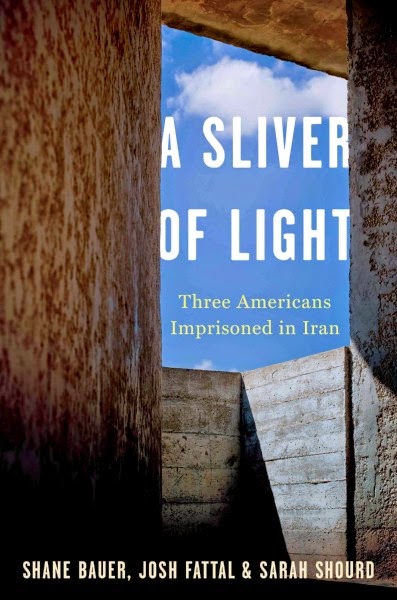Reviewed by Kristin
Nevada Barr jumps right into the action in her
newest book, Destroyer Angel. Anna Pigeon is on a camping and canoeing trip
in the Iron Range area of northern Minnesota with two women and their teenage daughters. One of the women, Heath, is a paraplegic and
the other, Leah, is a designer of adaptive outdoor equipment. The trip will
serve as a test for some of Leah’s designs. Returning from a solo canoe trip on
the Fox River one evening, Anna hears a group of men taking the other women and
girls captive. Anna stays hidden and
follows the group, hoping to help the campers escape.
With such an abrupt jump into the action, I didn’t
feel that I knew the camping party characters at all. Eventually they are revealed during their
adventure, but it took me a little time to understand who was who, and why they
were acting in whatever manner was characteristic of each of them. Anna is such a familiar character because
Barr has written seventeen previous adventures.
(Read a review of The Rope, a prequel to the series, here.)
Heath is Elizabeth’s adoptive mother, and a paraplegic. She was very active before her accident, and
continues to be physically active and good natured about her limitations. She and the fifteen year old Elizabeth have a
very good relationship. The other woman
is Leah, a brilliant and wealthy designer of outdoor equipment. While she easily becomes lost in her work,
she is often distant from Katie, her thirteen year old daughter.
When a group of four men come into the camp and
force the mothers and daughters to come with them, the scared captives must
work together to keep everyone safe and alive.
Leah converts the prototype, lightweight wheelchair into a unicycle
chair so that they can maneuver Heath over the rough territory. The men, or “thugs” as they are referred to
in Anna’s mind, are not cut out for back country hiking. While the “dude” seems to be the leader, (and
yes, he is actually called “dude” by his compatriots) there is definitely
someone else calling the shots. The
women do all they can to take whatever advantages their outdoor knowledge
affords them. The men are not at all
prepared for the rigors of walking several miles in the woods. However, they are the ones with the knives
and guns. As Anna follows the men and
their captives, she does all she can to save her companions.
The tension filled action continues; it kept me on
edge and urgently reading to find out what the group’s fate would be. Eventually most of the characters emerge from
the woods bloody and battered, but alive.
(I said most, but won’t tell you which ones.) While most Anna Pigeon books do show humans
who are challenged by nature and other humans, this is definitely one of the
darker volumes as Anna must look into her own soul while she attempts to stop
the thugs by any means possible.








